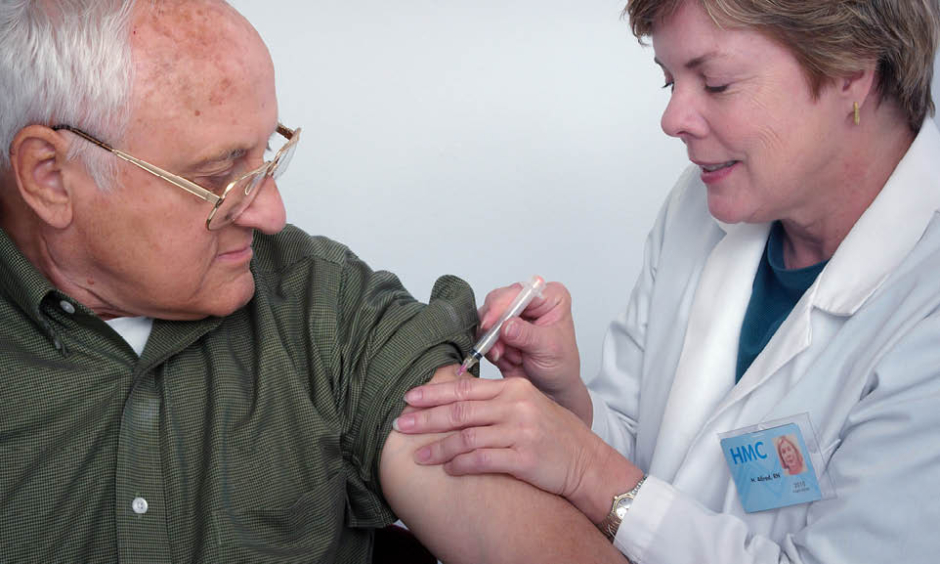STAPHYLOCOCCAL (staph) infections are highly contagious and pose a huge risk to patients and development of vaccines for this infection has proved to be notoriously difficult because of the rise in antibiotic resistance displayed by the various strains of bacteria. A new study has suggested that the reason vaccines have always failed to come to fruition is because they have always been targeted to stimulate B cells, this study showed that T cells play a vital role in protection against staph bacteria. The senior author of the study, Dr Juliane Bubeck Wardenburg, from the Division of Paediatric Critical Care, Washington University School of Medicine in St. Louis, Missouri, USA, said about the study: “The focus in the vaccine field for Staphylococcus aureus during the past 20 years has been on generating antibody responses, not on specific T-cell responses. This new approach shows promise.”
All strains of staph infections, regardless of whether they are antibiotic-resistant or not, produce α-toxin, a phenomenon which has previously been a focus of research for Bubeck Wardenburg. By investigating the effect of α-toxin on the immune response in minor and major skin infections, the researchers discovered that immunoprotection was offered only for the more serious infections. They understood that staph uses α-toxin to prevent the body from activating the T-cell response; therefore, blocking the toxin allows the T-cell response to protect against the bacteria causing the skin infections.
The researchers suggested the effect of the bacteria on the immune system could be manipulated if protection of the T-cell response was initiated at birth. A vaccine designed for infants, as opposed to adults, prior to any infection by staph may have a more positive outcome in creating a complete T-cell response. Bubeck Wardenburg set out two approaches to immunise infants against the toxin: immunisation of pregnant women for antibody transfer at birth; and, immunisation within 2 days of birth, “neither of these strategies has been considered for staph vaccines to date,” she concluded.








